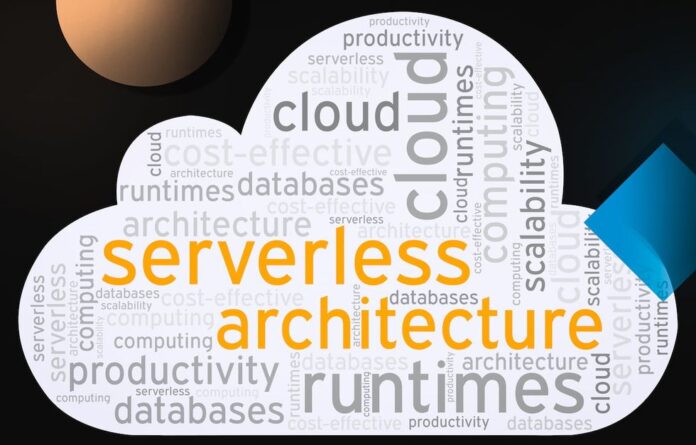A form of cloud computing called serverless architecture helps development teams launch apps more quickly. Application size and cloud server configurations don’t need to be manually tracked or managed because serverless computing means that the server infrastructure is completely managed by a provider.
The benefits of serverless architecture include lower operational costs and always-on servers that support mobile and web apps. Servers are only instantaneously generated when the application calls for them. Compared to a cloud system, instant availability allows for more scalability.
What is serverless architecture?
In serverless architecture, a service provider manages all aspects of the backend activities required to create and run an application. In response to the demand for server utilization from the application, the provider automatically scales server use. The service provider is in charge of managing the cloud server, database, and backend services.
A serverless architecture solution is provided by Amazon Web Services (AWS), Microsoft Azure, and Google, to mention a few. A serverless architecture is a feature that most cloud providers offer. There is no difference between an application end user using a serverless architecture and a cloud system. Both systems support the application’s functionality. The management and control of the server system, code deployment, and code releases are the only differences.
What are the benefits of serverless architecture?
There are many benefits to developing applications with a serverless architecture. First, not needing to buy and maintain servers drastically lowers the costs for the company. With a serverless architecture, on the other hand, a service provider such as AWS is in charge of system management. Even though it might happen within the AWS cloud architecture, processing only happens when it’s necessary.
Regardless of the utilization at any given time, application development built on a serverless system scales automatically with it. The serverless design scales up and down at any level, lessening the effect of unexpectedly heavy user loads. Rather than managing deployments and code within a cloud system, serverless architecture frees up development teams to concentrate on UX design and high-quality code development.
Furthermore, serverless design enhances the overall performance of the program for users while saving developers’ time. When necessary, developers can use several languages to code and make use of the service provider. The early stages of the migration process can be made easier with the use of microservices and APIs.
There are more choices for managing the behavior of an application with a serverless architecture. Developers may, for instance, use triggers instead of individually developing functional APIs.
Using serverless architecture has additional advantages that include:
- Improved scalability
- Coding flexibility
- Faster deployments and updates
- There is no need to purchase or manage backend servers and systems
- Improved developer productivity
- It enables smaller, quicker application release cycles
How does serverless architecture compare to cloud services?
Data centers are used by cloud service companies to store servers. The cloud service provider is in charge of managing and maintaining the servers. Access to data stored in the cloud is possible from any internet-connected device. Cloud systems offer a multitude of payment alternatives and techniques for managed services. The business-side security of apps and data is usually the responsibility of businesses using cloud services. Businesses also use admin self-service portals to manage processes, configuration settings, and scalability.
Infrastructure-as-a-service (IaaS), platform-as-a-service (PaaS), software-as-a-service (SaaS), testing-as-a-service, or tech-as-a-service (TaaS) are the most common types of cloud system offerings. In essence, companies that want their services to manage an application, platform, infrastructure, or testing service are hosted by the cloud provider.
One kind of cloud system computing is serverless computing. With serverless architecture, the service provider assumes all responsibility for server system management, scalability tracking, configuration, and maintenance, taking it away from the business. Companies that use serverless architecture put more of an emphasis on developing software quickly and releasing web and mobile applications. The productivity of developers is centered on coding, not on managing servers, code, and release deployments.
A serverless architecture makes it simpler to develop applications. More effort is spent on UX design, coding, and testing in application development. Code releases and deployments are overseen by the service provider.






